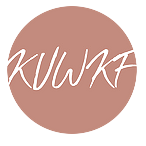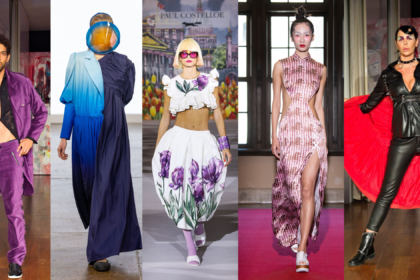The Fashion market is forever changing and is influenced by everything from media to science to design. As a result of this, consumer behaviour and motivations continue to evolve based on the ever-changing world around them. This article explores the 4 key consumer trends making the biggest impact in the fashion market this year.
1. The Wellness Trend:
Wellness focused consumers will result in an increase in demand for products that are centred around their health and bettering themselves.
‘In a world where people are struggling to disconnect from work, and where stress and burnout are now classified as medical conditions, wellness trends that offer calm are understandably gaining traction. One antidote is ‘niksen’, the Dutch wellness trend that gives you permission to do absolutely nothing. As human beings rather than human doings, people will want to actively allow the brain to wander, which will enhance creativity and problem-solving, reducing anxiety and even slow ageing.’
– WGSN 2020
The implications of this is that brands will need to respect consumers’ time and develop strategies to help them reclaim it.
2. The Conscious Consumer:
A brand’s ethical strategy will define its growth as the increasing customer need for sustainable goods will continue to dominate this year’s consumer landscape now more than ever. Addressing consumer concerns around resources and transparency, brands will now need to think about the conditions in which their products are made and whether the materials that are used are sustainable. It’s now an expectation and a demand that brands approach their production ethically and are aware. As mindsets shift to prioritise social and environmental good over economic growth, this year will see the rise of ‘limitarianism’ and the questioning of what ‘enough’ looks like.
3. Brand Storytelling
The appetite for storytelling is anything but shrinking. The art of narrative and building an emotional connection is still a motivation for consumer behaviour. In a time of data and technology where views and shares may give insight into consumer behaviour at its core consumer engagement is largely influenced by emotion and the art of storytelling. Frank Rose, author of The Art of Immersion, says we’re entering a new era of storytelling: “We stand at the intersection of lure and blur. The future beckons, but we’re only part way through inventing it. We can see the outlines of a new art form, but its grammar is as elusive as the grammar of cinema a century ago.” Fuelled by a search for intimacy, this shift is about more than seeking temporary connections; it’s about creating meaningful relationships, forging communities, fostering engagement, and problem solving from the bottom up.
4. Digital Identity:
As consumers spend more time interacting through screens, digital identity will permeate daily life, consumers will care less about the difference. Digital ateliers will create a fashion future free from the constraints of the material world, where colours, materials and details are chosen for how they look on screen as much as how they appear in real life, creating a new marketplace for the next era of fashion and clothing design. The rise of digital clothing and interior collections will eliminate material waste which will connect with the demand by consumers to be sustainable and environmentally conscious. According to an article by WGSN brands will need to ‘Recognise the emotional reality of digital identities. Virtual worlds will be a key outlet for consumer creativity and expression, and the birthplace of aesthetic trends and subcultures.’



